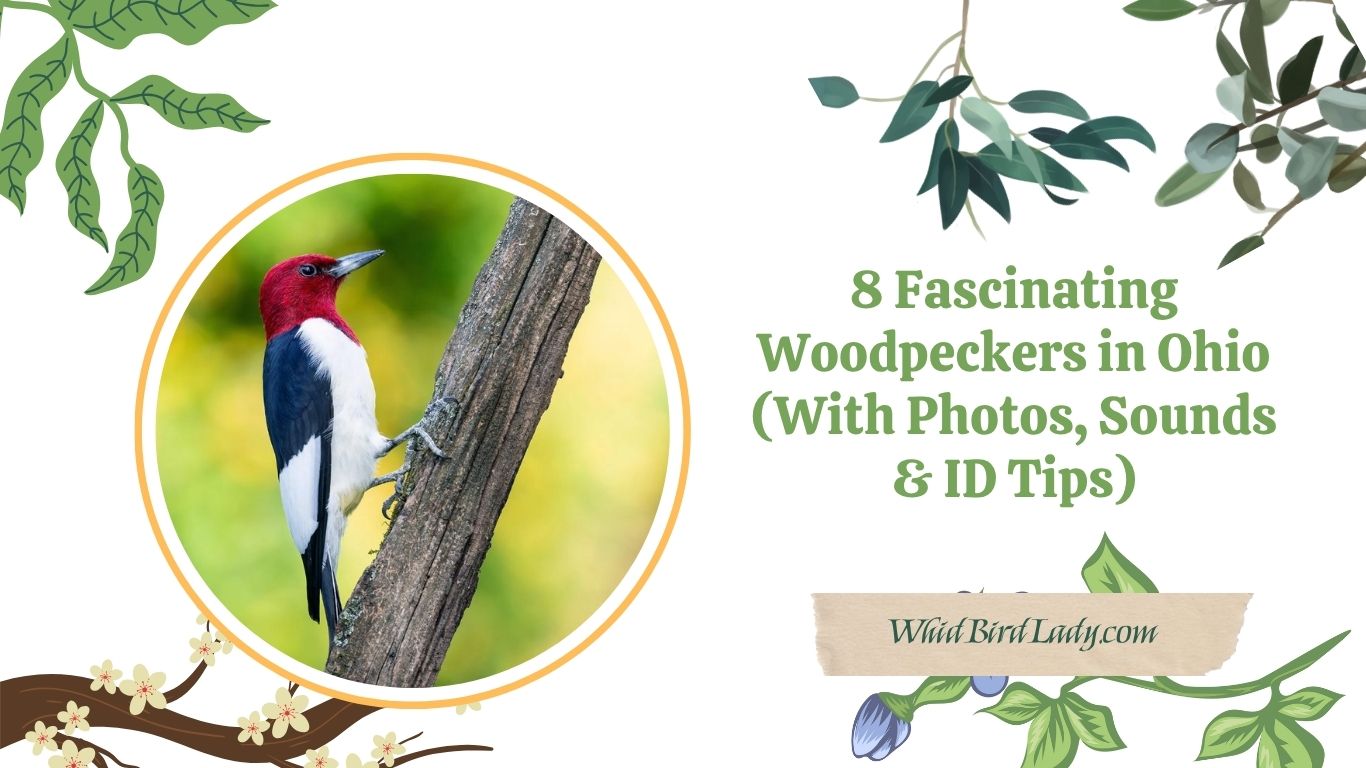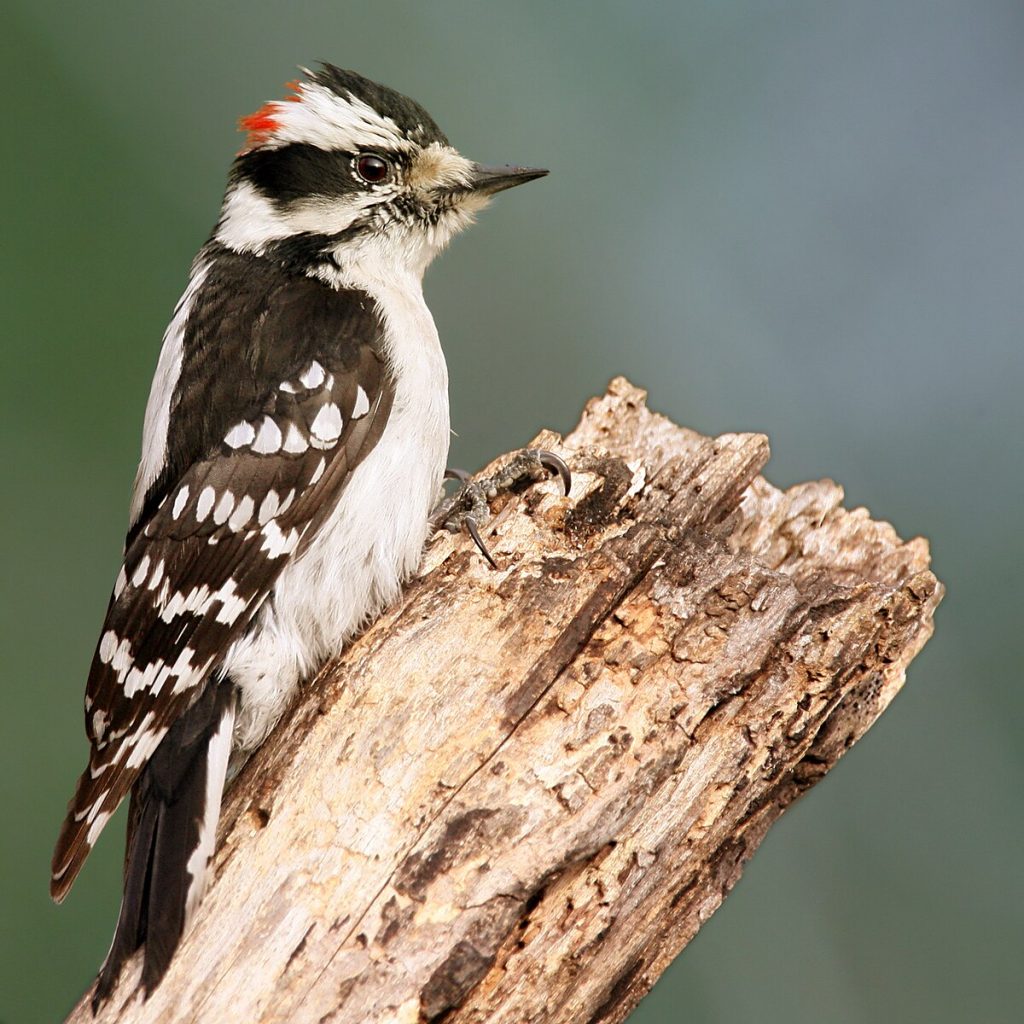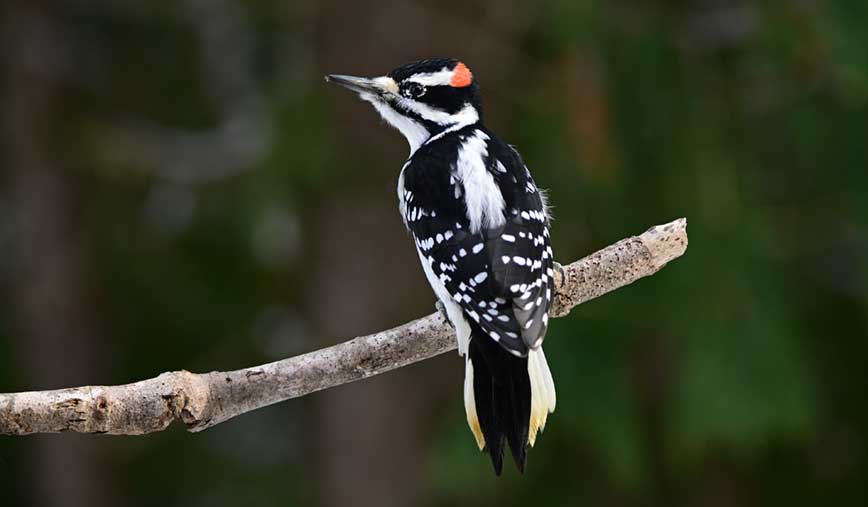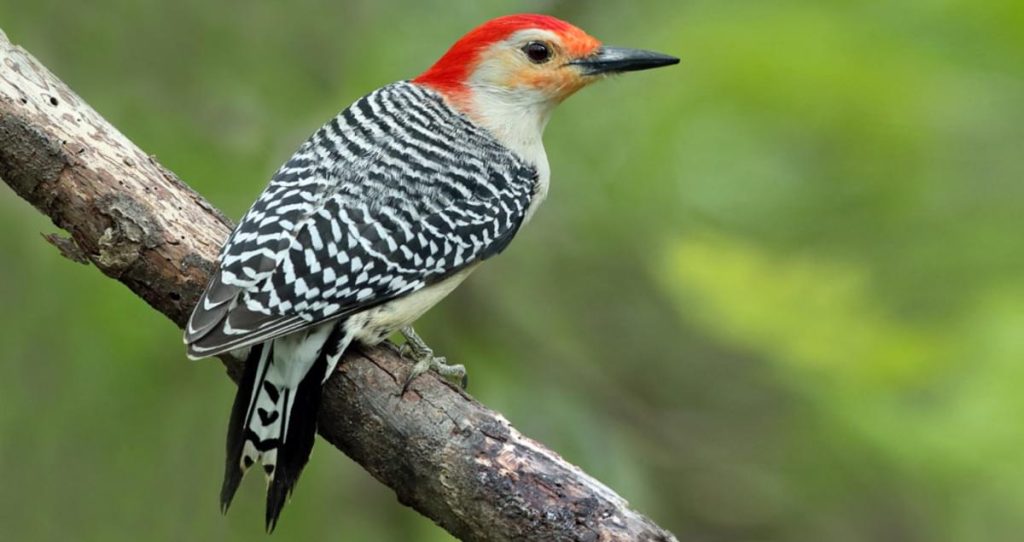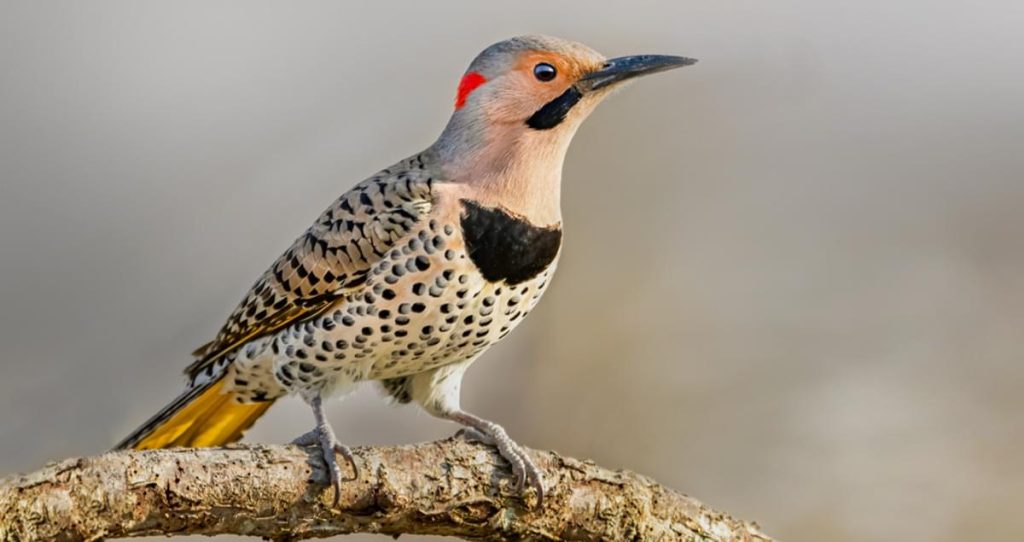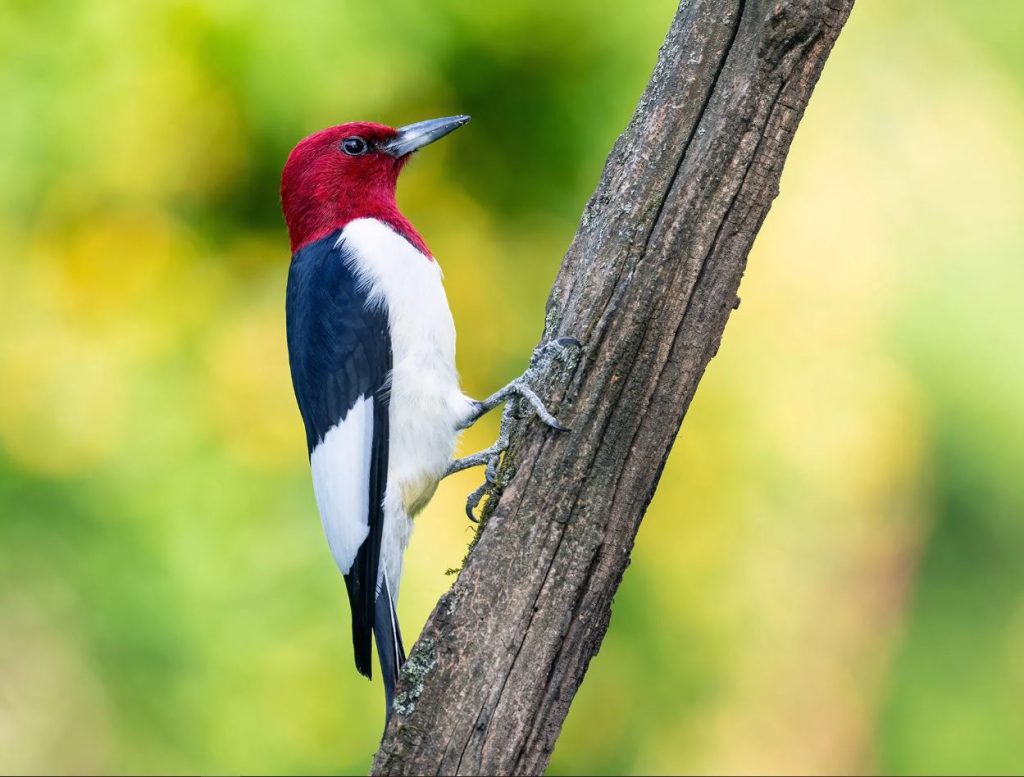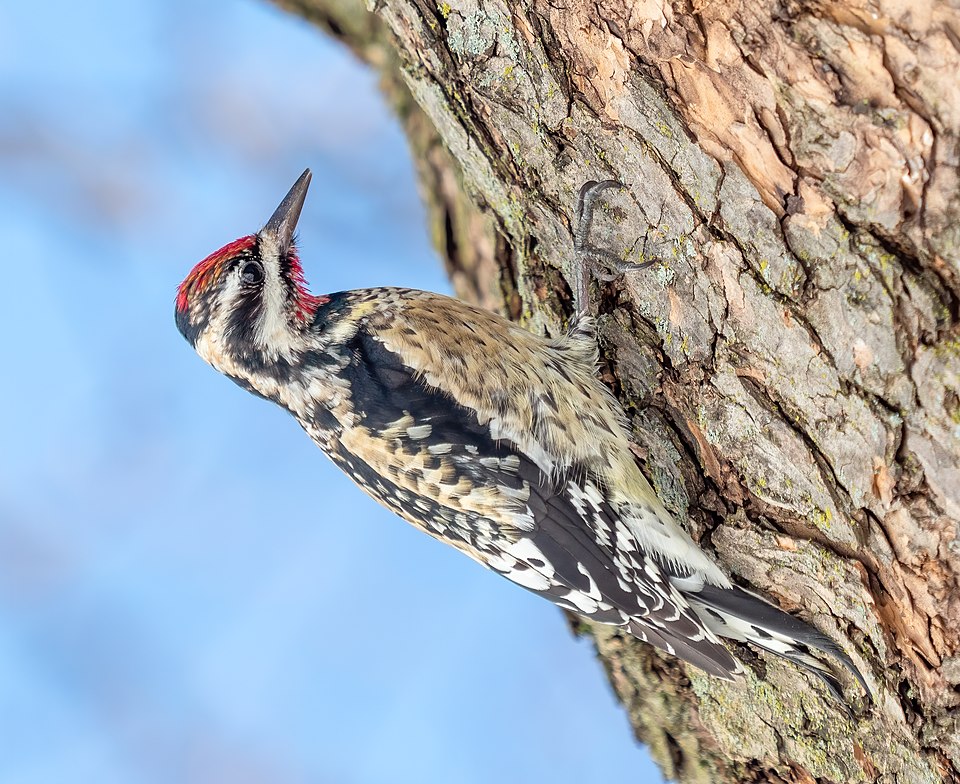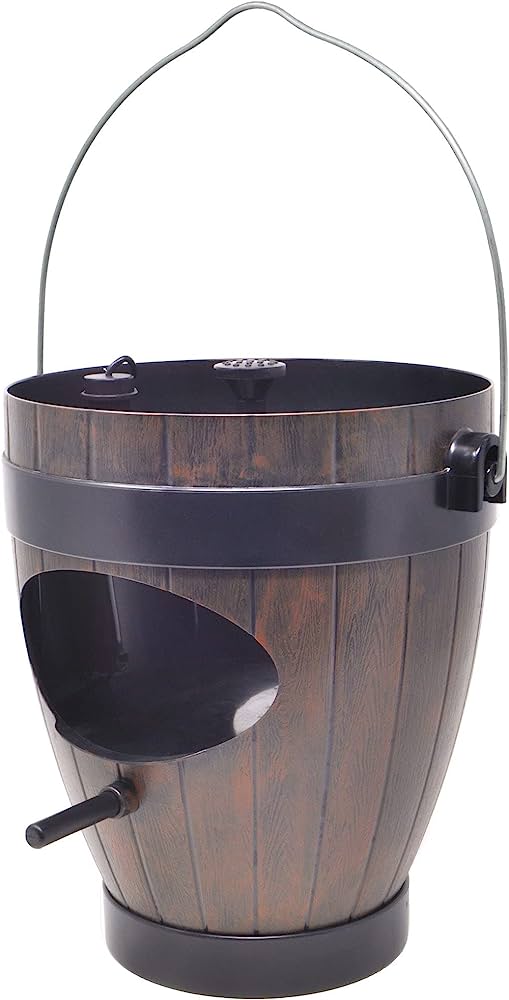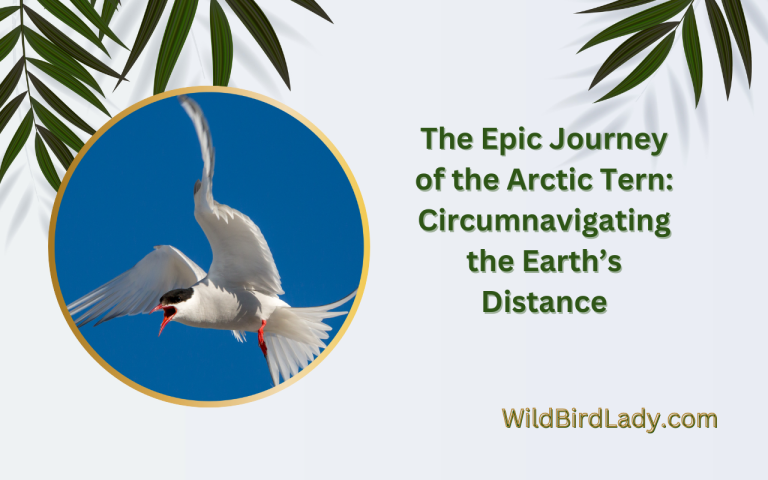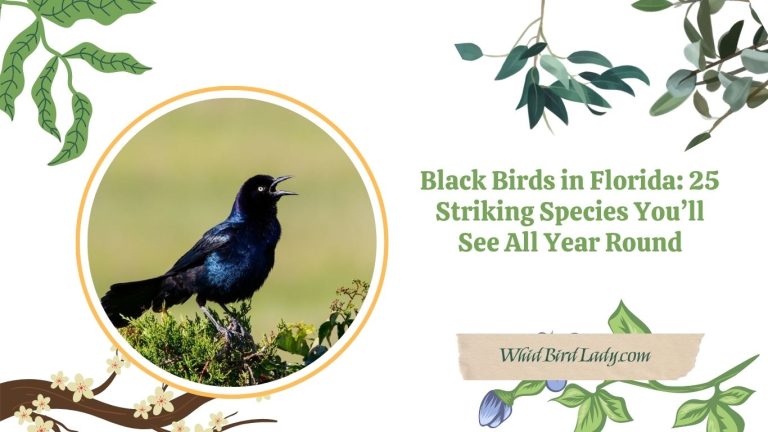8 Fascinating Woodpeckers in Ohio (With Photos, Sounds & ID Tips)
Ohio is a paradise for birdwatchers—and if you’ve ever heard rhythmic drumming echoing through the woods, you’ve likely encountered one of its most exciting residents: the woodpecker. These energetic birds are more than just tree tappers. From the bold and brilliant to the small and secretive, Ohio is home to eight incredible species of woodpeckers you can spot year-round.
In this guide, we’ll explore each species with clear ID tips, sound descriptions, and behavior insights to help you spot and identify these fascinating birds in your backyard or during your next nature walk.
Let’s dive in!
1. Downy Woodpecker (Dryobates pubescens)
- Size: 5.5–7 inches
- Coloration: Black and white with a bold white stripe down the back; males have a red patch on the back of the head.
- Call: A high-pitched “pik” and a whinnying descending call.
- Habitat: Woodlands, suburbs, and backyard feeders.
Why It’s Fascinating:
The Downy Woodpecker is the smallest woodpecker in North America but is also the most widespread and easily seen in Ohio. Its petite size and energetic drumming make it a regular visitor to suet feeders and tree trunks in parks and residential areas.
ID Tips:
- Look for its short bill (shorter than the width of its head).
- Compare to the similar Hairy Woodpecker (see below), which is larger with a longer bill.
2. Hairy Woodpecker (Dryobates villosus)
- Size: 9–10 inches
- Coloration: Nearly identical to the Downy, but bigger.
- Call: A sharper and louder “peek!”
- Habitat: Mature forests and woodland edges.
Why It’s Fascinating:
Often confused with the Downy, the Hairy Woodpecker is a striking doppelgänger but packs a powerful punch with a longer bill and deeper drumming. It’s a more forest-oriented species, though it sometimes visits feeders.
ID Tips:
- Check the bill—it’s nearly the same length as the bird’s head.
- Hairy Woodpeckers often look “cleaner” with less fuzzy markings.
3. Red-bellied Woodpecker (Melanerpes carolinus)
- Size: 9–10.5 inches
- Coloration: Pale belly with a subtle reddish tint, boldly striped back, and a bright red cap (full red crown on males, partial on females).
- Call: Loud, rolling “churr” and “querr” sounds.
- Habitat: Wooded suburbs, deciduous forests, and city parks.
Why It’s Fascinating:
Don’t let the name fool you—the Red-bellied Woodpecker’s red belly is often hard to see. What you will notice is the vibrant red head and zebra-striped back. These birds are highly vocal, incredibly agile, and will stash food for later, much like squirrels!
ID Tips:
- Look for their long, sticky tongues flicking around bark.
- Listen for their distinctive rolling call in spring and summer.
4. Northern Flicker (Colaptes auratus)
- Size: 11–12.5 inches
- Coloration: Light brown with black spots, a black crescent bib, and bright yellow underwings (in the Eastern “yellow-shafted” form).
- Call: A loud “kleer” and a distinctive “wik-wik-wik” laugh.
- Habitat: Open woods, forest edges, and even lawns.
Why It’s Fascinating:
Unlike other woodpeckers, Northern Flickers often forage on the ground for ants—their favorite food. With their spotted plumage and flashing yellow underwings in flight, they’re easy to spot and a treat to watch.
ID Tips:
- Look for the white rump in flight.
- Males have a black “mustache” mark on the face (in the yellow-shafted form common in Ohio).
5. Pileated Woodpecker (Dryocopus pileatus)
- Size: 16–19 inches
- Coloration: Crow-sized, mostly black with bold white stripes on the face and a flaming red crest.
- Call: A loud, echoing laugh—“kuk-kuk-kuk-kuk!”
- Habitat: Large, mature forests.
Why It’s Fascinating:
The Pileated Woodpecker is a showstopper—its size and flamboyant crest have earned it comparisons to the cartoon character Woody Woodpecker. It can carve massive rectangular holes into trees in search of carpenter ants and other insects.
ID Tips:
- Huge size and distinctive red crest.
- Look for large rectangular holes in dead trees or logs—it’s a sign they’ve been there.
6. Red-headed Woodpecker (Melanerpes erythrocephalus)
- Size: 7.5–9 inches
- Coloration: Entirely red head, white belly, and bold black-and-white wings.
- Call: A harsh “churr” and varied chattering sounds.
- Habitat: Open woodlands, dead trees, and forest edges.
Why It’s Fascinating:
The Red-headed Woodpecker is one of the most striking birds in North America. Unlike many other woodpeckers, it’s skilled at catching insects in mid-air and even storing nuts and seeds in tree crevices.
ID Tips:
- Entire head is red (unlike other species with just a red patch).
- Wings appear boldly patterned like a checkerboard in flight.
7. Yellow-bellied Sapsucker (Sphyrapicus varius)
- Size: 7–8.5 inches
- Coloration: Black and white with a red forehead; males have a red throat. Faint yellowish wash on the belly.
- Call: A nasal mewing “neaaah” and irregular drumming.
- Habitat: Deciduous forests, especially in spring and fall during migration.
Why It’s Fascinating:
True to its name, the Yellow-bellied Sapsucker drills neat rows of holes in trees to drink sap and eat the insects attracted to it. Though most common in Ohio during spring and fall migrations, some individuals may linger in the southern parts of the state in winter.
ID Tips:
- Look for tell-tale horizontal rows of sap holes.
- Distinctive irregular drumming—often starts fast and slows down.
8. Black-backed Woodpecker (Picoides arcticus) – Rare Visitor
- Size: 9 inches
- Coloration: Black back, white underparts, and a yellow crown patch on males.
- Call: Short, sharp “pik.”
- Habitat: Prefers recently burned conifer forests—very rare in Ohio.
Why It’s Fascinating:
Although rarely seen in Ohio, the Black-backed Woodpecker occasionally turns up after forest fires or unusual weather patterns. It specializes in feeding on wood-boring beetle larvae found in charred trees.
ID Tips:
- Entirely black back (unlike other species).
- Typically silent and solitary—if you spot one in Ohio, consider it a birding jackpot!
Woodpecker Watching Tips for Ohio Birders
Whether you’re brand new to birding or already know your Downy from your Hairy, these tips will help you get more out of your woodpecker-watching adventures across Ohio.
✅ Best Times to Spot Woodpeckers
1. Early Mornings Are Prime Time
Most woodpeckers are highly active right after sunrise, especially during spring and summer. Males drum to claim territory and attract mates, making these seasons the best for both sound and visual identification.
2. Spring and Summer (Breeding Season)
During the breeding months (April–July), woodpeckers are more vocal and less cautious. This makes it easier to locate them by sound and observe interesting behaviors like courtship drumming and nest excavation.
3. Winter Birding Bonus
Don’t overlook the colder months! With no leaves on the trees, you’ll have a much clearer view of woodpeckers as they forage on trunks and branches. Species like the Downy, Hairy, and Red-bellied Woodpeckers are commonly seen even during snowy months.
✅ Where to Watch Woodpeckers in Ohio
1. Ohio’s Best Woodpecker Hotspots:
Some of the most rewarding places to birdwatch in the state include:
- 🏞 Hocking Hills State Park – Large, mature forests with lots of deadwood attract Pileated and Red-headed Woodpeckers.
- 🌲 Mohican State Forest – Excellent for spotting Flickers, Downys, and Hairy Woodpeckers.
- 🌳 Cuyahoga Valley National Park – A variety of habitats support all 8 species, especially near the Brandywine and Ledges trails.
- 🐦 Killbuck Marsh Wildlife Area – Ideal for spotting woodpeckers in wetland edges and open woodlands.
2. Don’t Forget Your Own Backyard!
You don’t have to go far—many species thrive in suburban and even urban areas.
- Set up feeders with suet blocks, peanut butter smears, or black oil sunflower seeds to attract Downy, Hairy, and Red-bellied Woodpeckers.
- If you have dead or dying trees (that are safe to leave standing), they provide natural nesting and feeding sites.
✅ How to Identify Woodpeckers by Sound
1. Listen Before You Look
Often, you’ll hear a woodpecker long before you see it. Their sharp calls, whinnying cries, or fast drumming are key ID clues.
2. Get to Know Their Drumming Styles:
Each species has a distinct drumming rhythm and volume:
- Downy Woodpecker: Soft, rapid tapping
- Pileated Woodpecker: Deep, slow drumming like a hammer echoing through the woods
- Northern Flicker: Long, rolling drum bursts followed by their laugh-like call
3. Use Technology to Help
Apps like:
- 🔍 Merlin Bird ID by Cornell Lab of Ornithology
- 🎧 Audubon Bird Guide
…can help you record and match sounds on the spot. Many even offer spectrograms and side-by-side comparisons to help train your ear.
Conservation Notes: How You Can Help Woodpeckers in Ohio
Woodpeckers play an essential role in Ohio’s forest ecosystems. They control insect populations, excavate nest holes used by other wildlife, and even help trees by removing harmful beetles. But habitat loss and environmental changes threaten their survival.
Here’s how you can make a difference:
1. Leave Dead Trees (Snags) When Safe
Dead or dying trees may look unsightly, but they’re vital habitat for woodpeckers. They provide food (insects), shelter, and nesting sites. If a tree isn’t posing a danger to your home or power lines, consider leaving it standing.
2. Avoid Pesticides
Many woodpeckers rely on ants, beetles, and larvae found in bark and wood. Pesticides eliminate these food sources and may harm birds directly. Choose organic gardening practices whenever possible.
3. Offer Supplemental Food
Especially in winter, suet feeders are a lifeline for woodpeckers. Choose no-melt suet in summer, and hang feeders near trees or wooden posts for easy access.
Bonus Tip: Smear peanut butter mixed with cornmeal into bark crevices—woodpeckers love it!
4. Plant Native Trees and Shrubs
Create a bird-friendly yard by planting oak, hickory, dogwood, and serviceberry trees, which support a healthy insect population and natural foraging.
5. Support Habitat Protection
Donate to or volunteer with groups like:
- Ohio Ornithological Society
- The Nature Conservancy (Ohio chapter)
- Local Audubon Societies
…who work to preserve forest corridors and manage public lands critical for woodpecker survival.
Final Thoughts
From the tiny Downy to the towering Pileated, Ohio’s woodpeckers are diverse, active, and endlessly entertaining. With their bold colors, rhythmic drumming, and clever behaviors, they add character to forests, parks, and even backyard trees all year long.
Next time you hear a knock in the woods, take a moment to look up—you might just spot one of these eight fascinating feathered carpenters doing what they do best.
FAQ: Woodpeckers in Ohio
What is the most common woodpecker in Ohio?
The Downy Woodpecker is the most common and widespread woodpecker species in Ohio. It’s small, friendly, and frequently visits backyard feeders throughout the year.
Are there Pileated Woodpeckers in Ohio?
Yes! Pileated Woodpeckers, the largest woodpecker species in Ohio, live in mature forests across the state. You can often find them in places like Hocking Hills, Mohican State Forest, and other heavily wooded areas.
How can I attract woodpeckers to my backyard in Ohio?
To attract woodpeckers, offer suet, peanut butter, or black oil sunflower seeds in feeders. Also, plant native trees, avoid pesticides, and leave dead trees standing (if safe) to provide natural food and nesting sites.
What time of year is best to see woodpeckers in Ohio?
Woodpeckers are year-round residents, but spring and early summer are best for activity, drumming, and calls. Winter is also great for visibility since leaves are gone and woodpeckers often visit feeders.
Do woodpeckers damage trees or houses in Ohio?
Most woodpeckers feed on insects in trees and are harmless. However, species like the Yellow-bellied Sapsucker may drill rows of holes for sap, and occasionally, woodpeckers may peck at siding or gutters if they find an echo they like. Deterrents like reflective tape or noise blockers can help.

